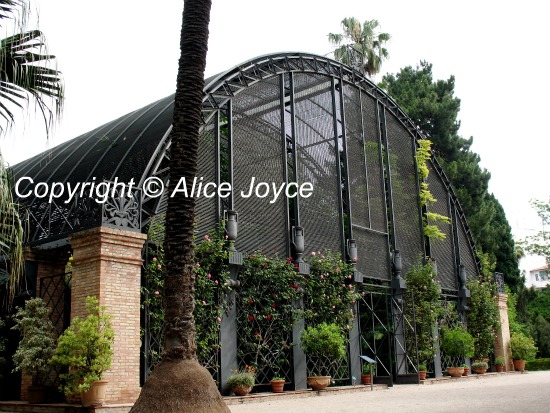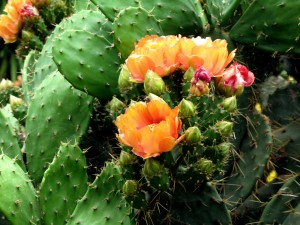Valencia, Spain .. a city of tantalizing contrasts! Stroll the vibrant town center amid ancient Roman ruins, and you may find yourself surprised by elements of 21st century garden artistry. There’s a newfound panache to this city which extends to its port, an elegantly rejuvenated area where the America’s Cup competition has been held. The seafront commands attention with an array of chic restaurants, glittery hotels, and broad promenades giving rise to atmospheric displays of palm trees and lavish flower beds.
In the days ahead I’ll share my impressions of this coastal destination – Spain’s third largest city, where I was drawn, in large part because of Santiago Calatrava. Architect and native son, Calatrava has created buildings and bridges that garner praise and spark controversy worldwide. And he has been instrumental in putting Valencia on-the-map with his recently completed buildings that make up the City of Arts and Sciences. Stay tuned for in-depth coverage of this must-see complex, and Valencia’s TURIA GARDENS. Just as architect Frank Gehry brought Bilbao, Spain to life when his design for the Guggenheim Museum began attracting pilgrims among the cognoscenti of art and architecture, Calatrava has put his mark on Valencia!
A bit off the beaten path, outside the ancient city center on Calle de Quart is the Jardí Botànic– the University of Valencia’s Botanic Garden. The garden’s motto – Science – Culture – Nature – sums up the setting and the visitor experience. Dating back to 1567 for the study of medicinal plants, the current garden and research buildings emerge on the site of a 17th century orchard. Established in this location in 1802, the garden offers an architectural standout in the iron and brickwork umbracle (shade house). Plant collections, too, are exceptional: palms, Mediterranean and regional species; succulents and tropical specimens are highlights displayed in an open-air layout and greenhouses.


Comments